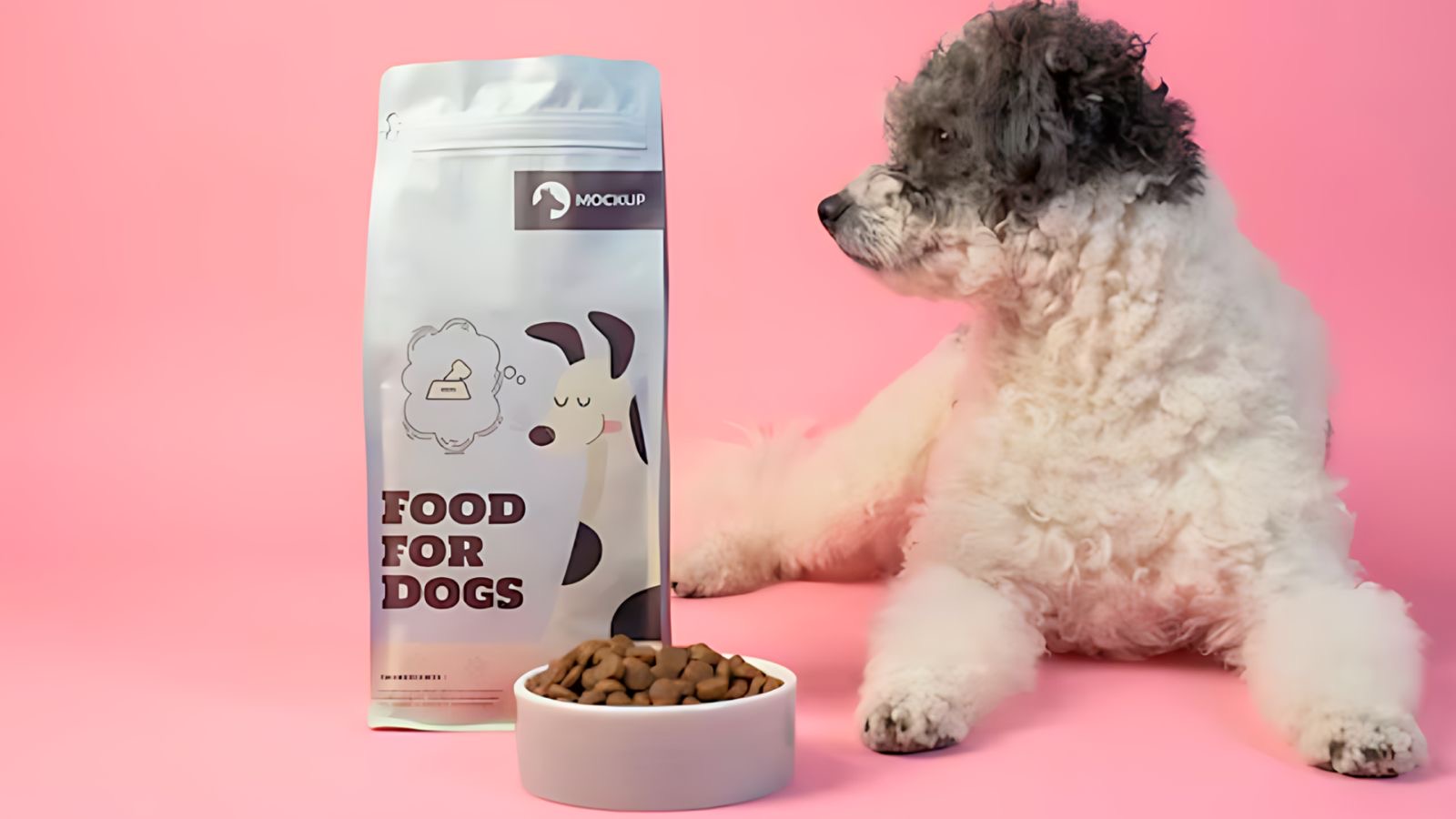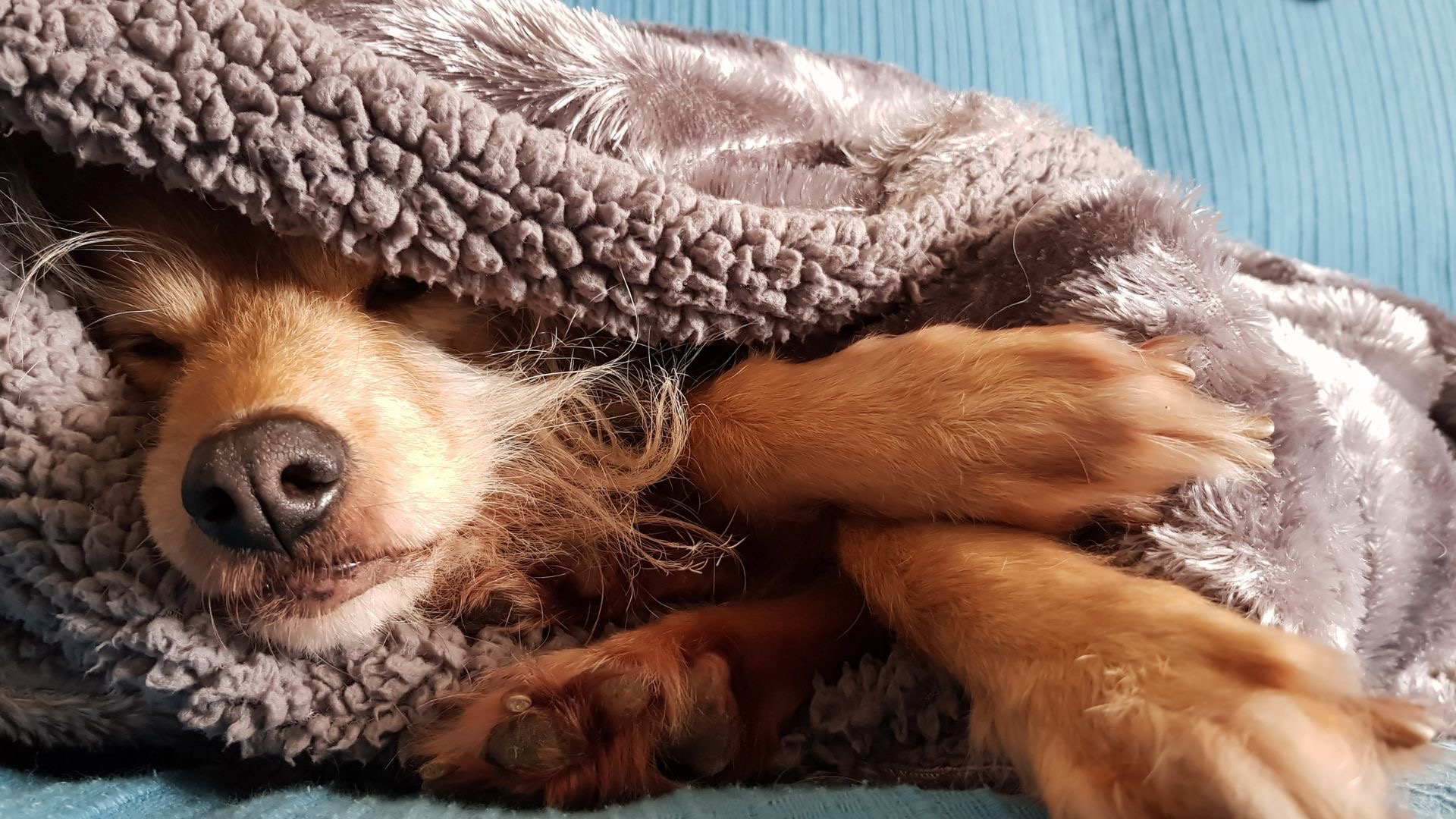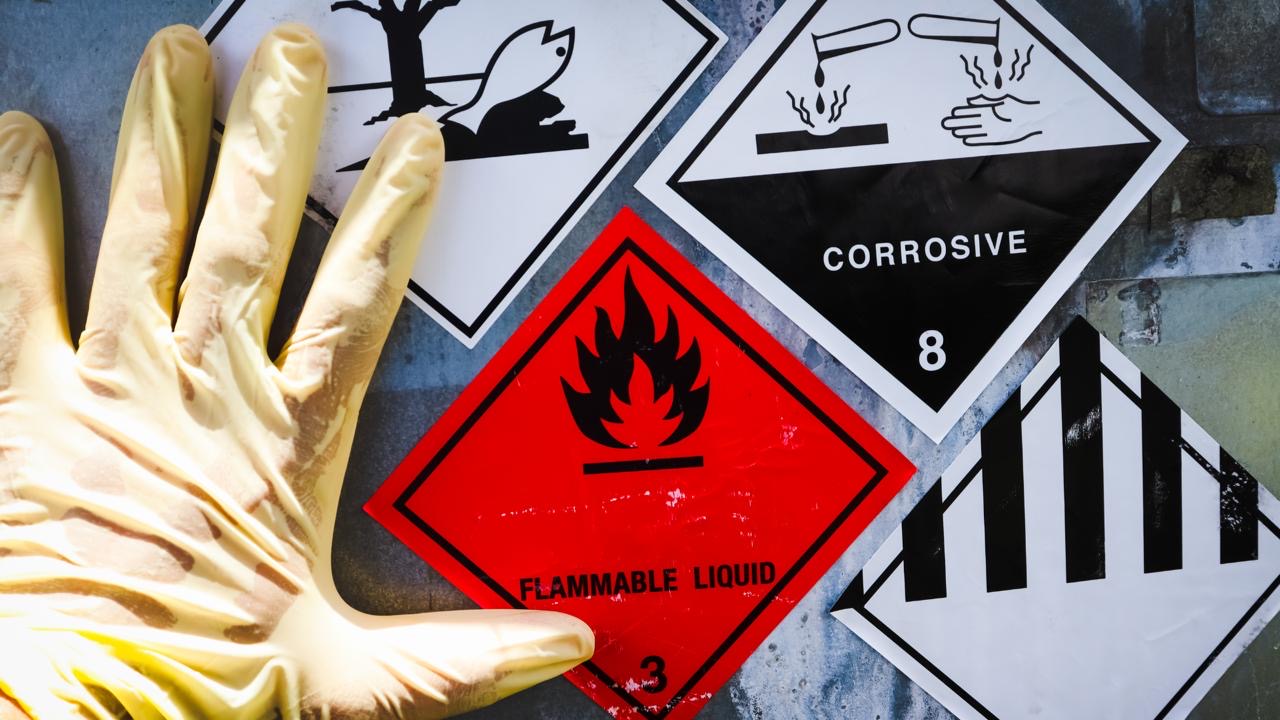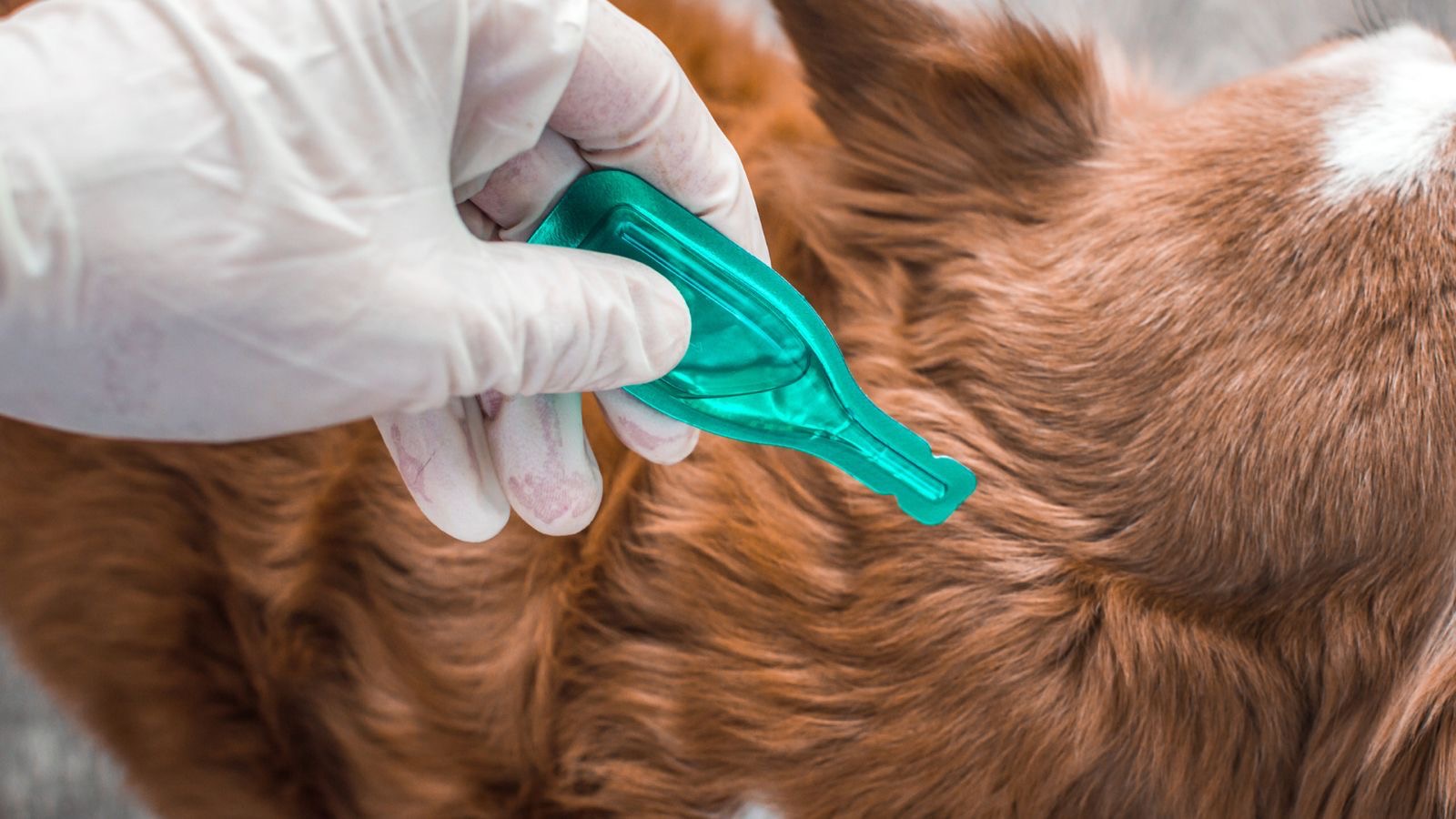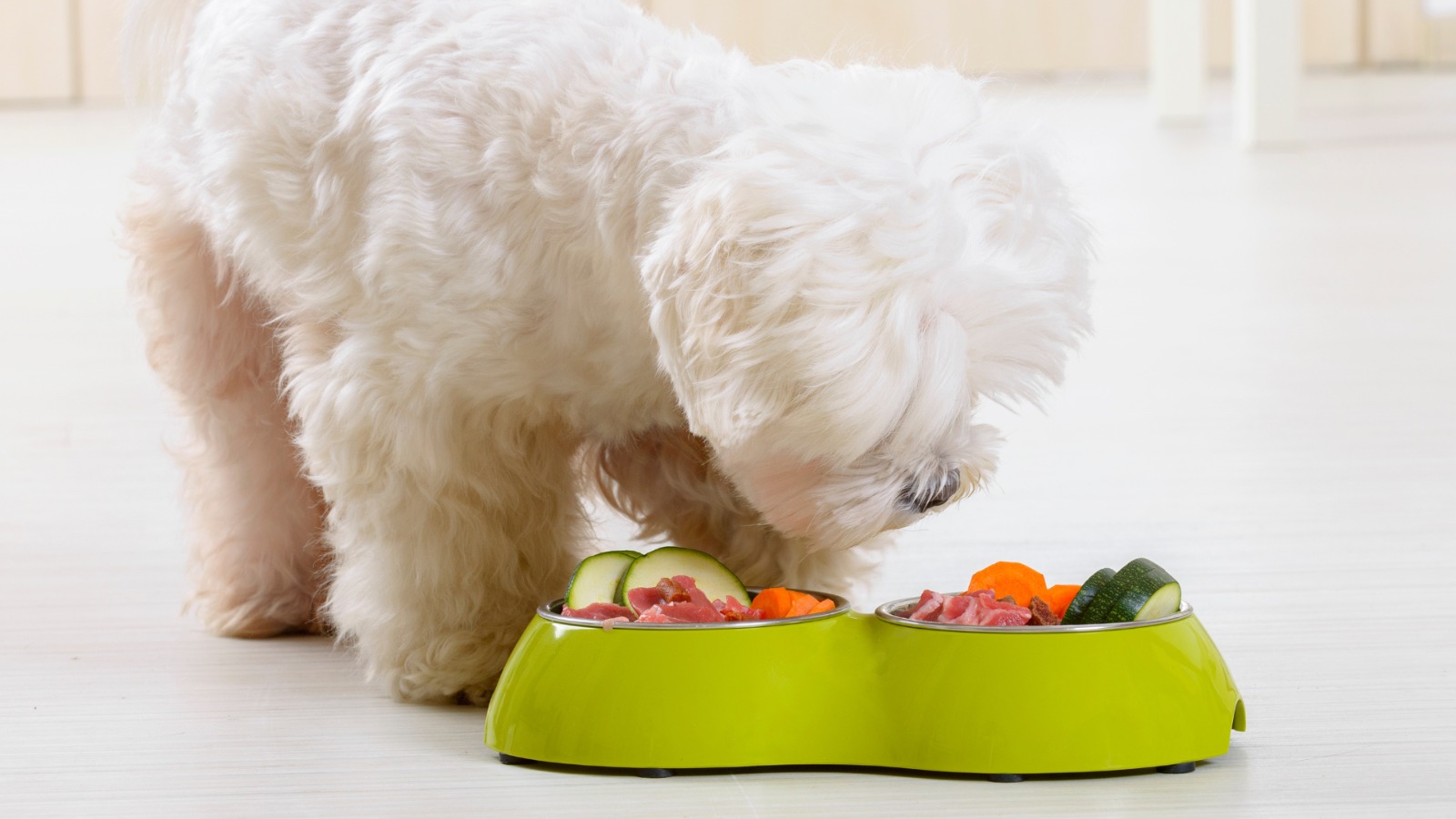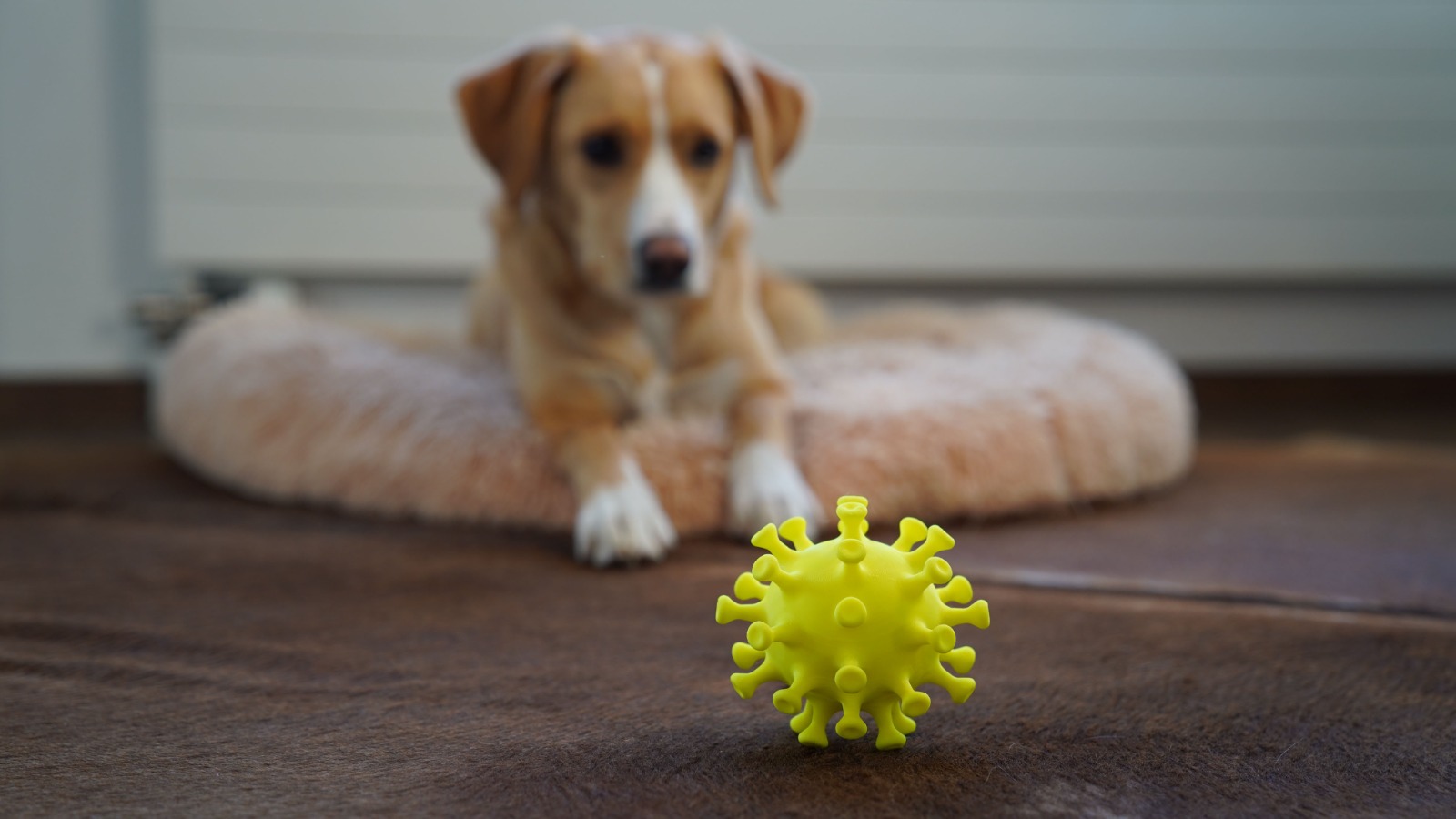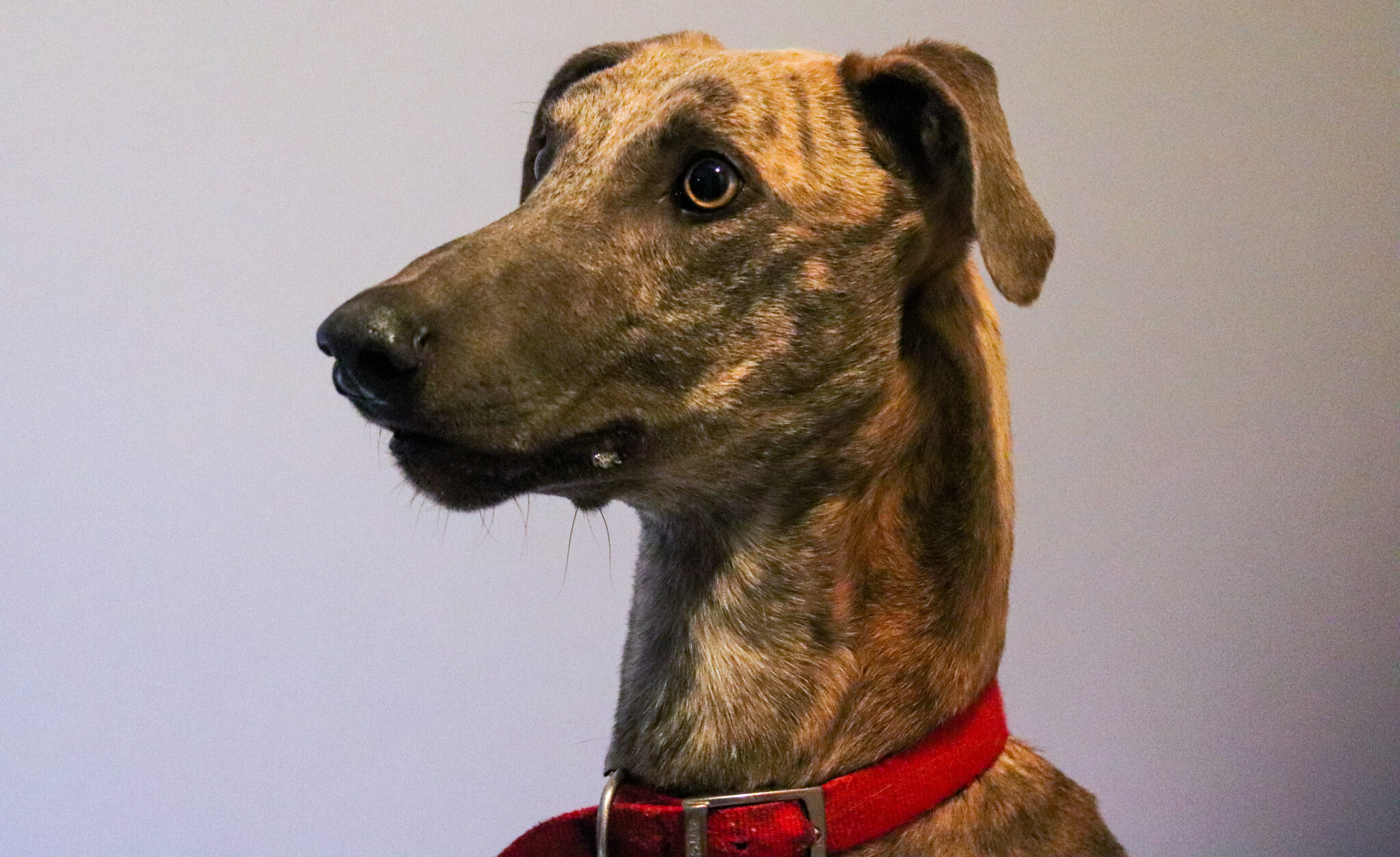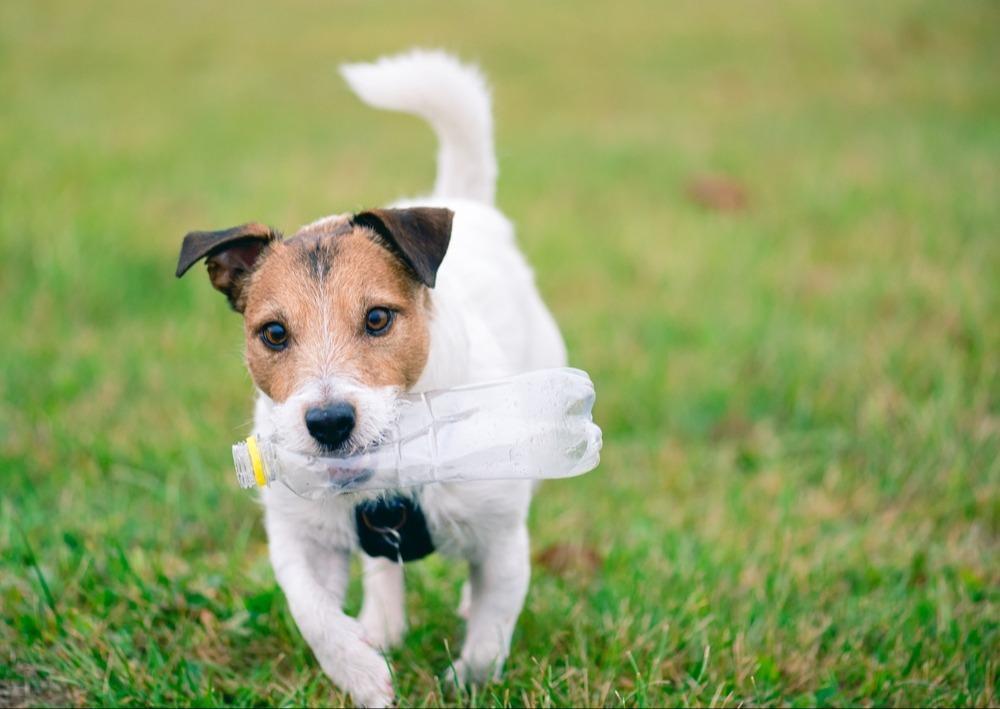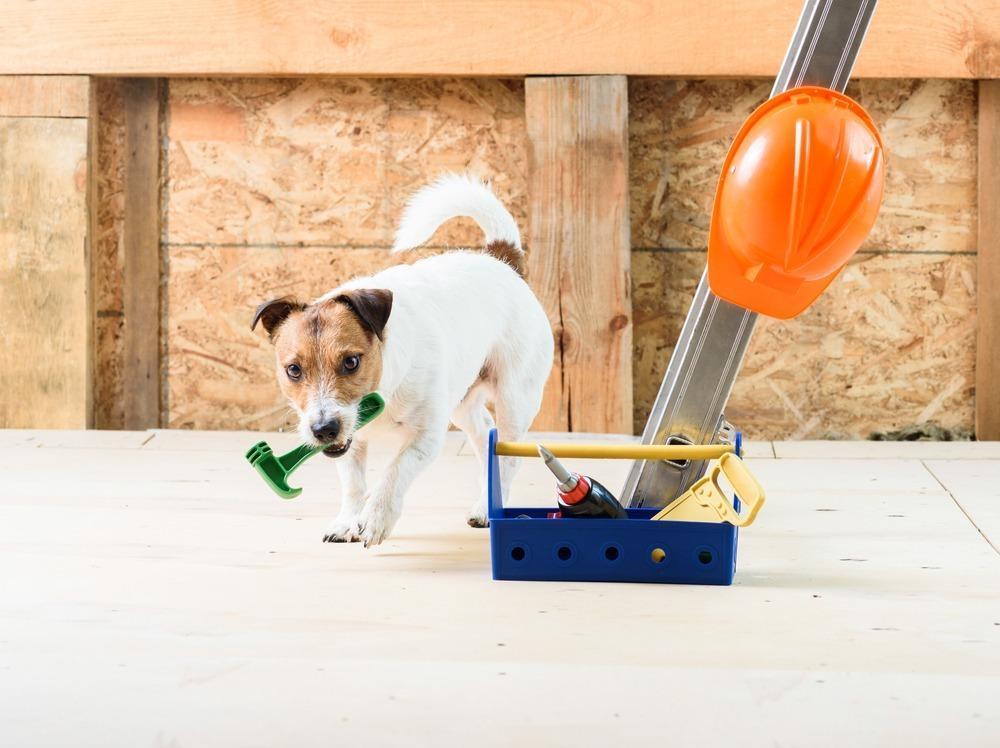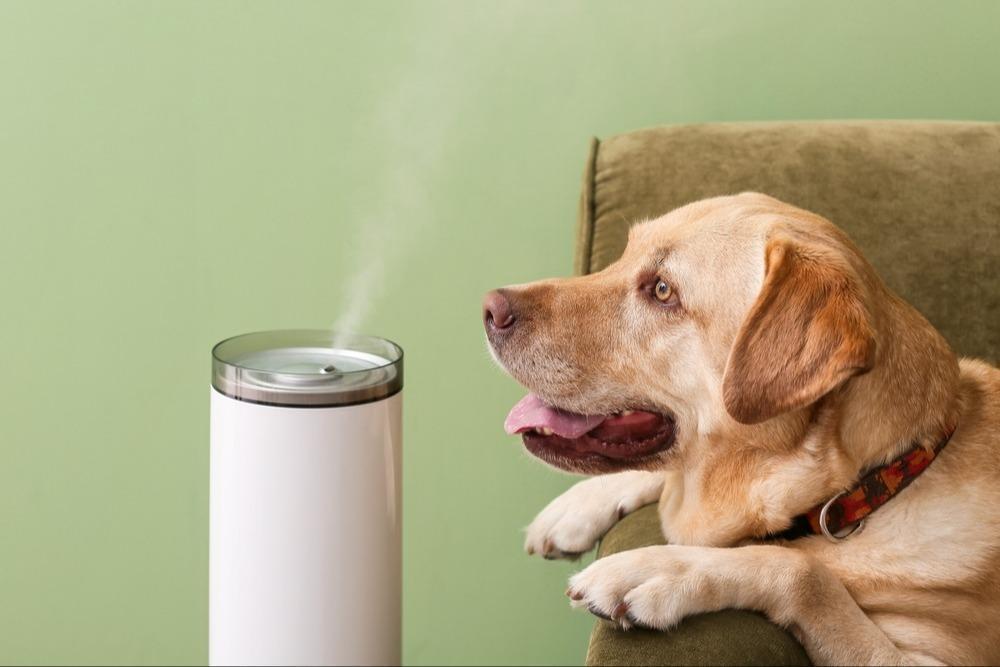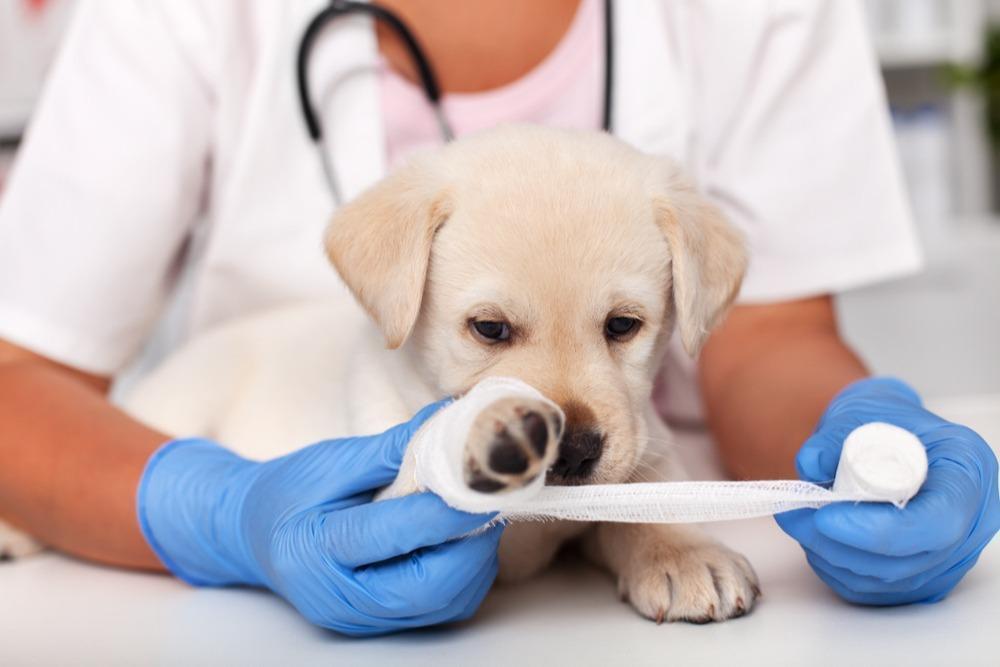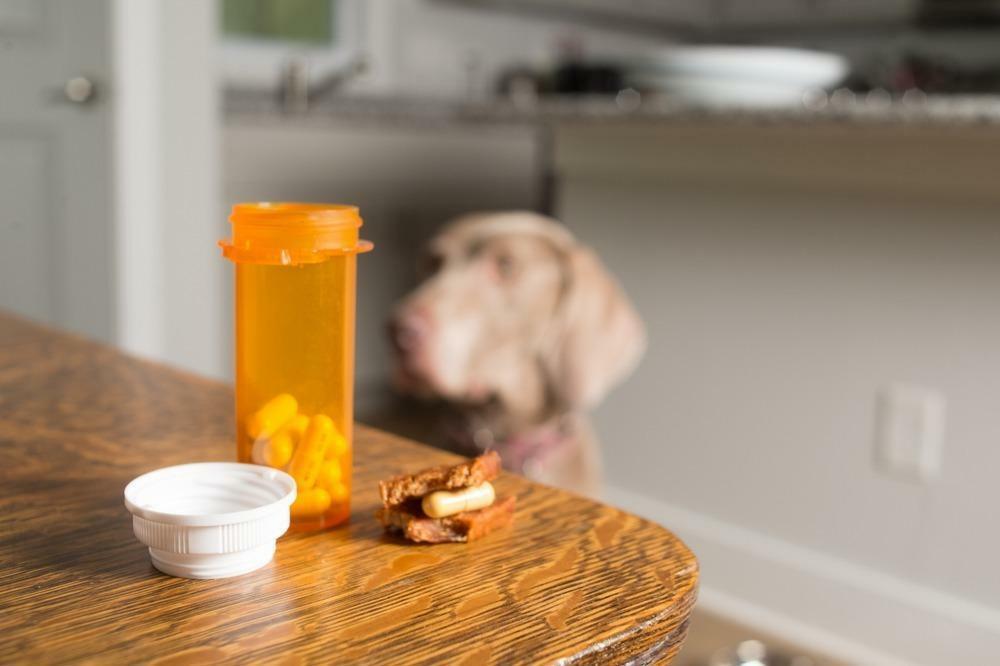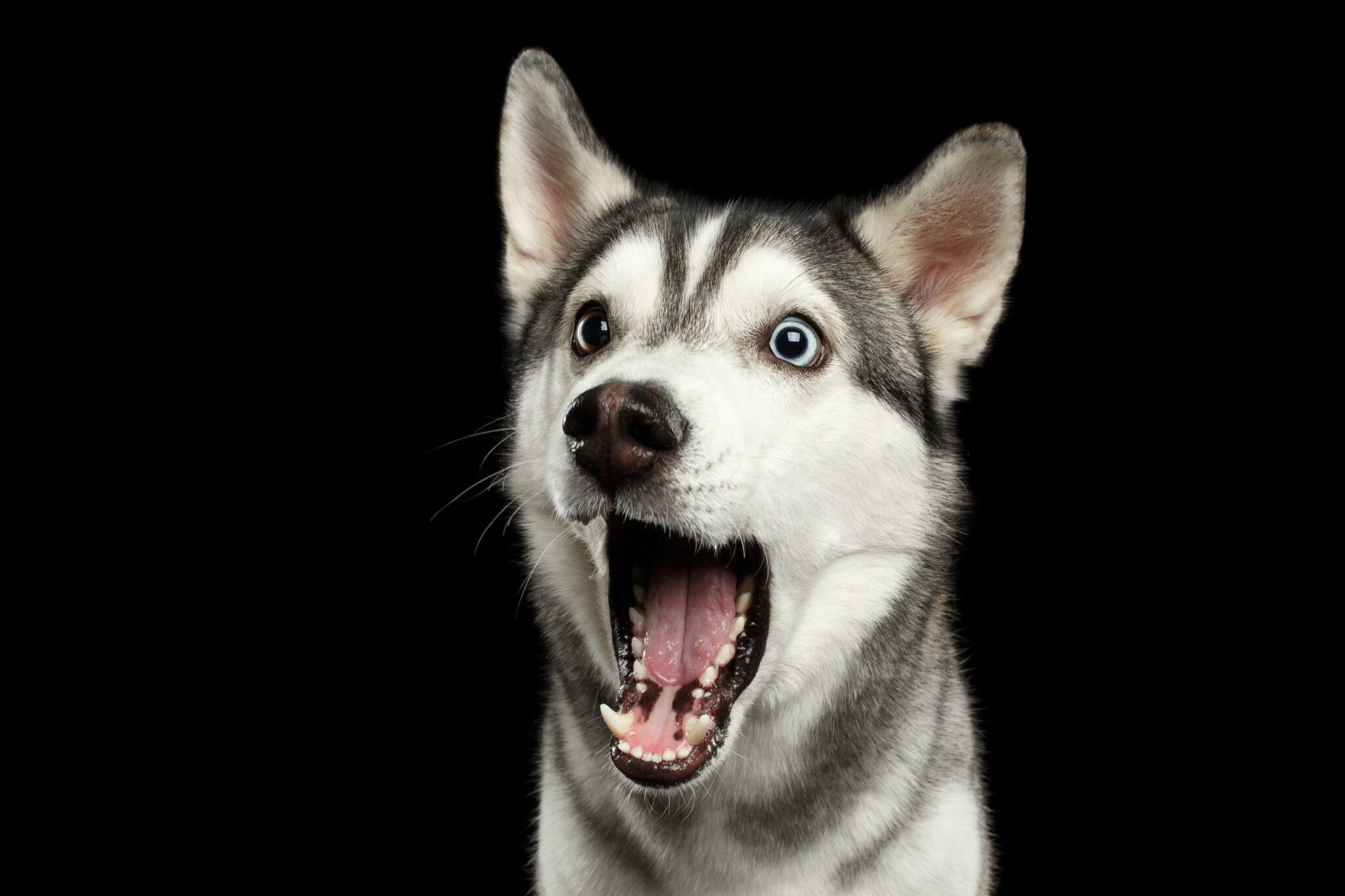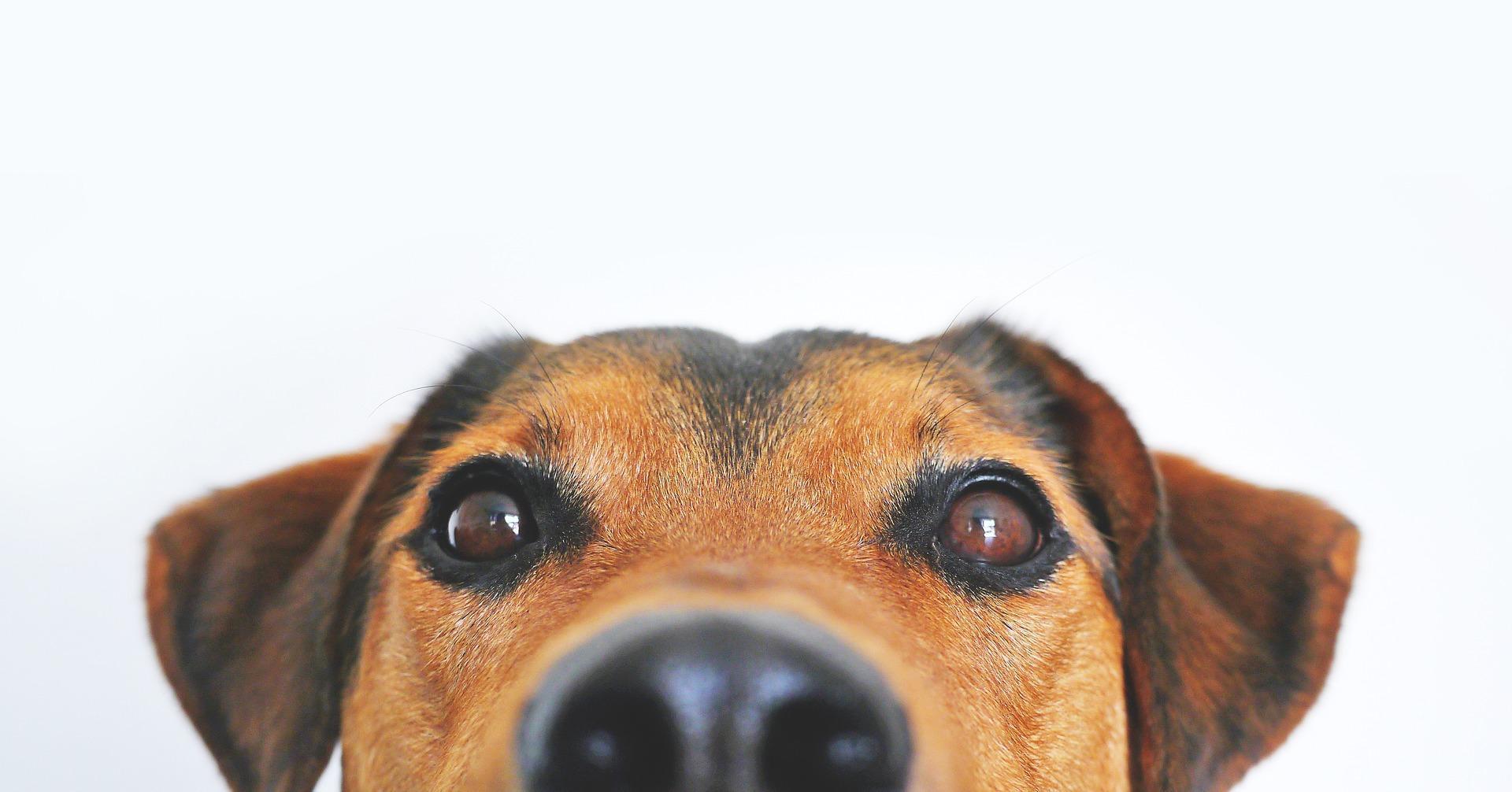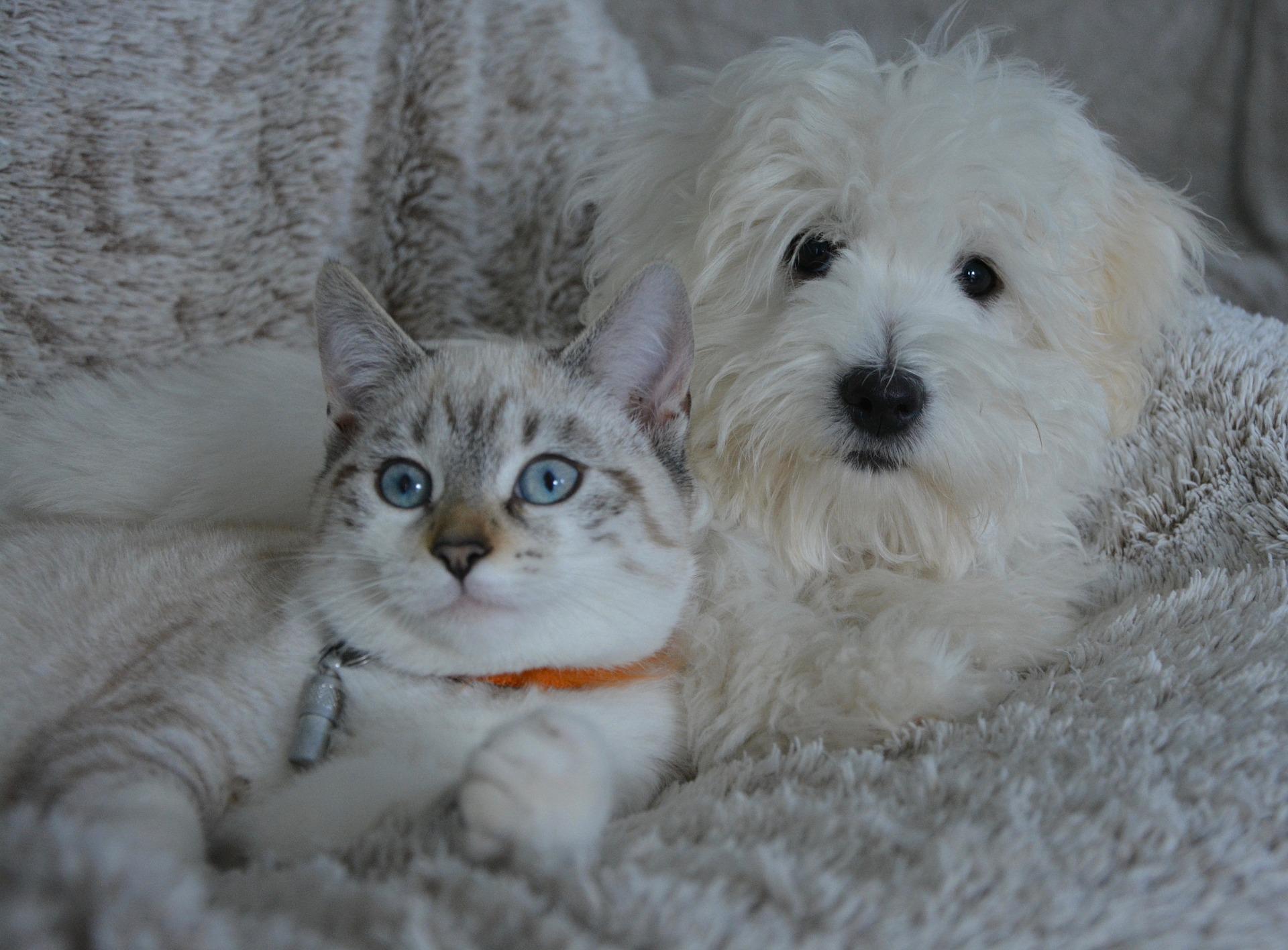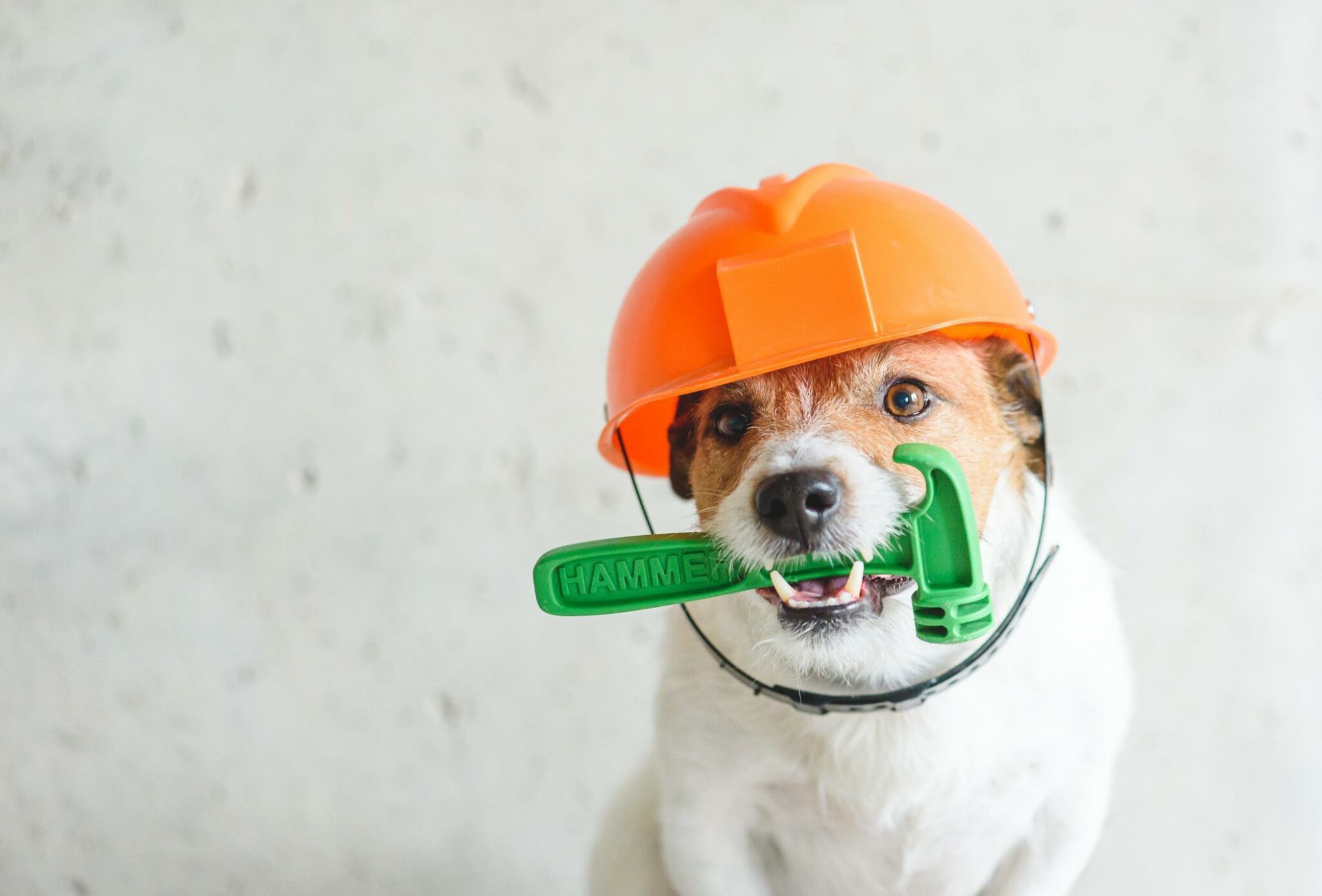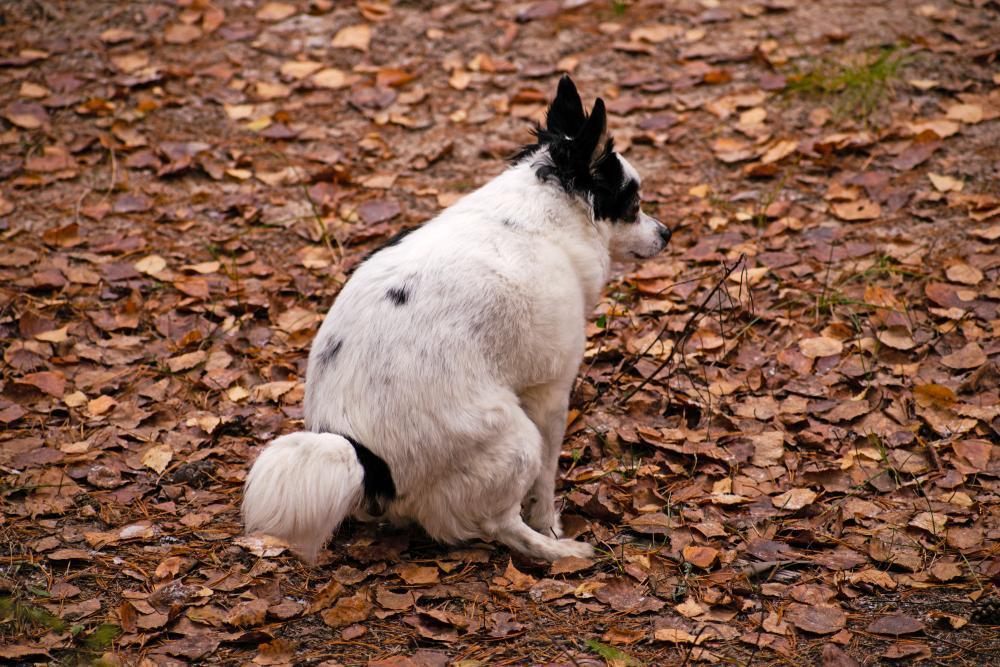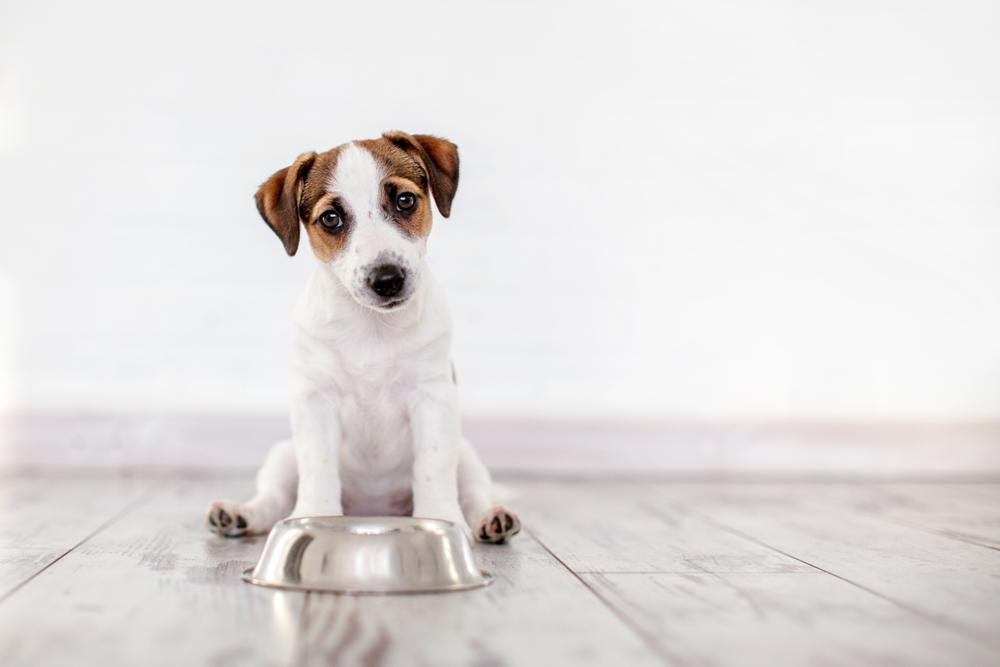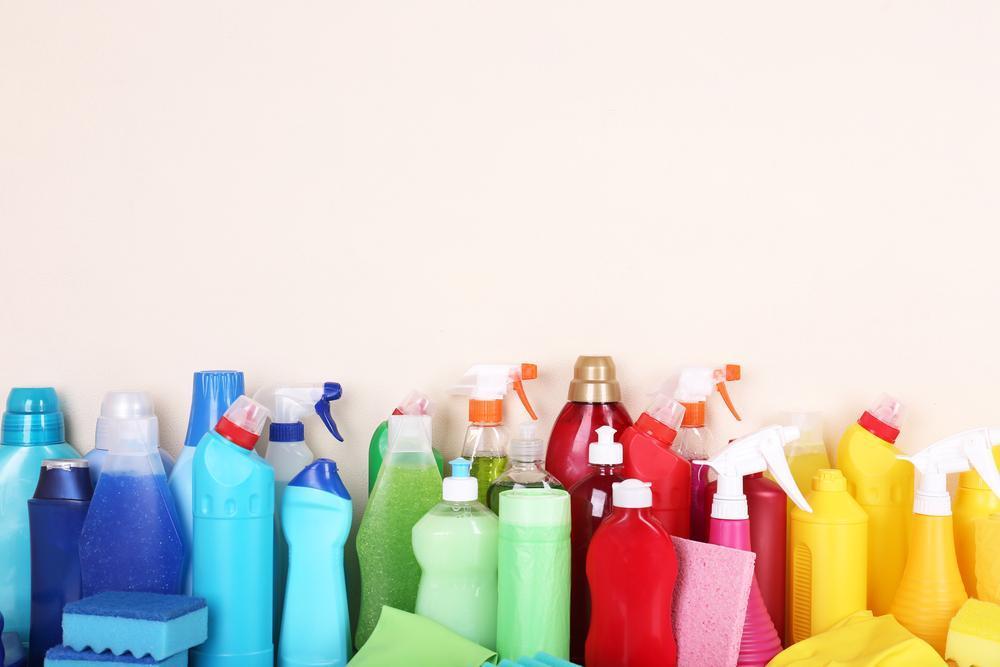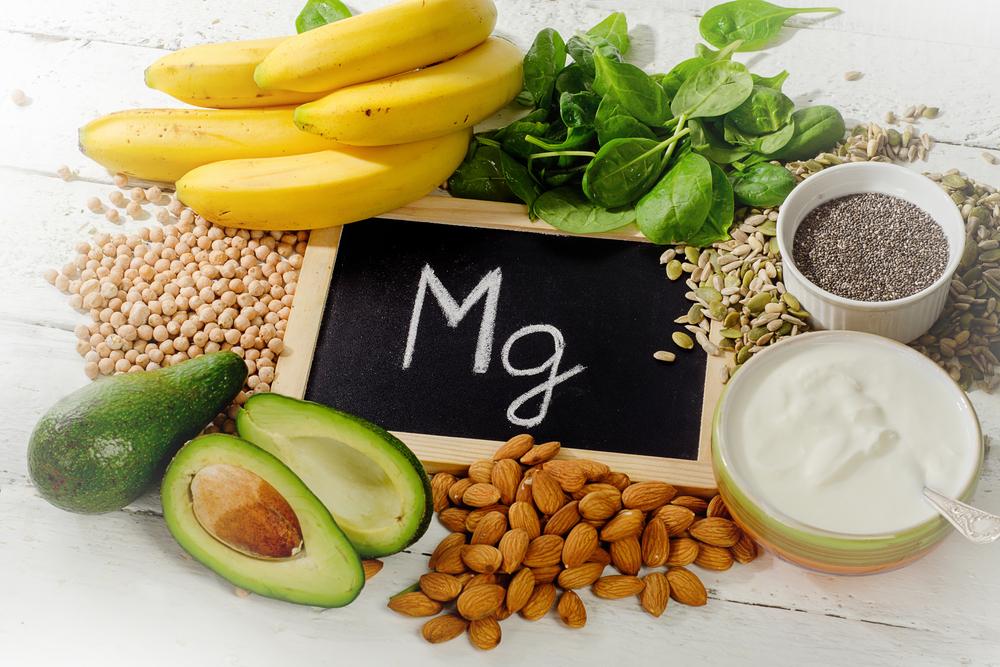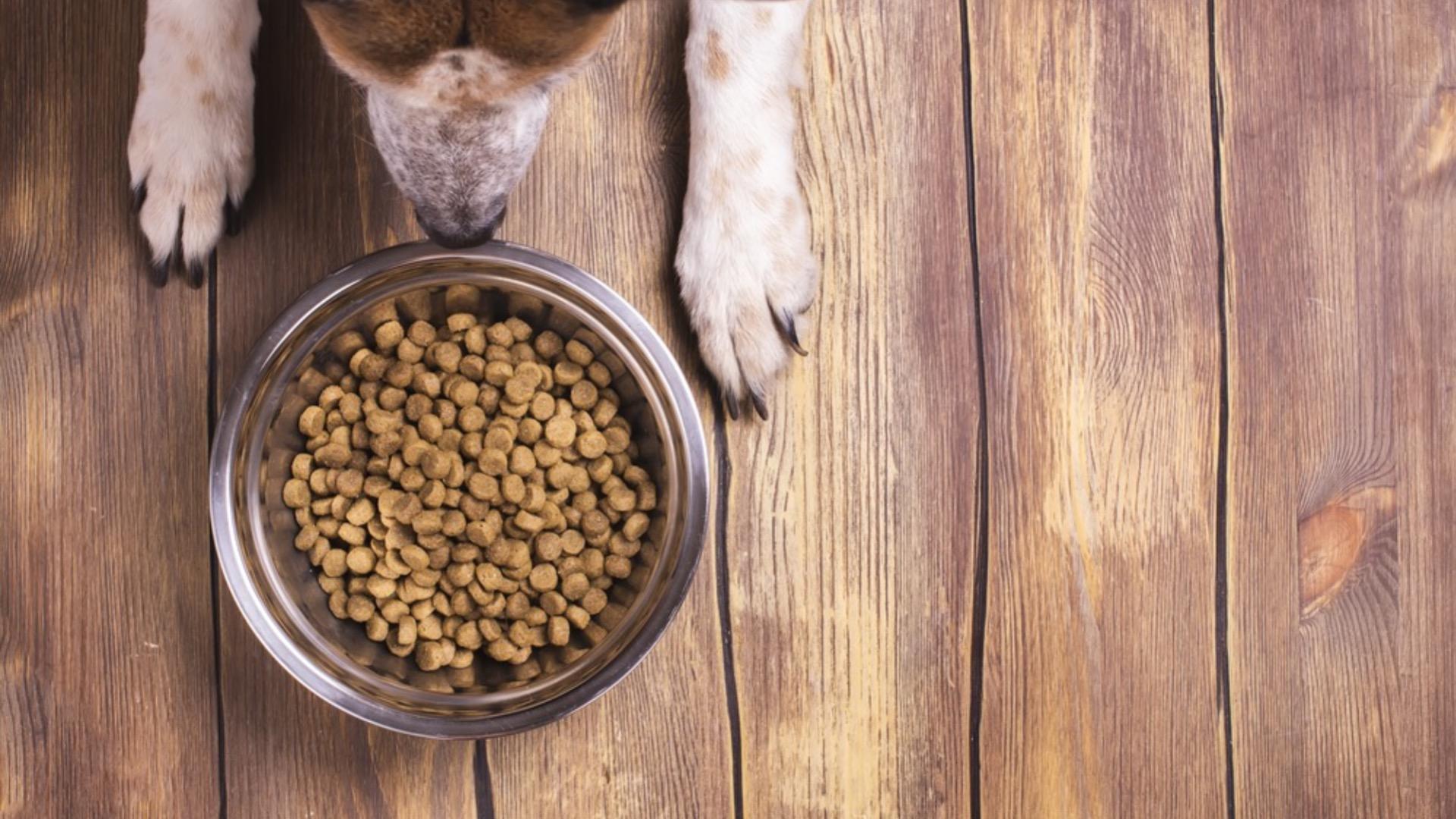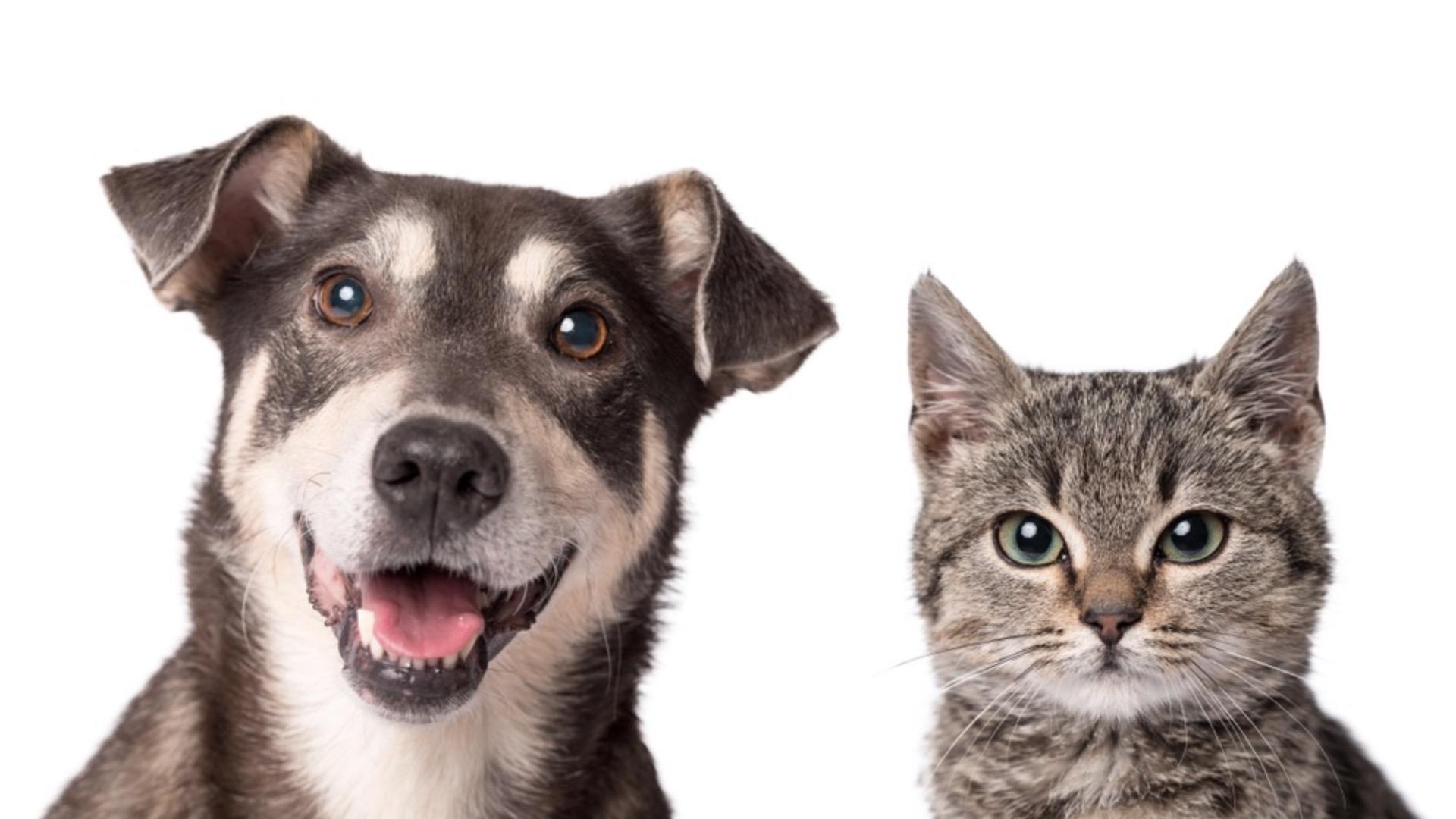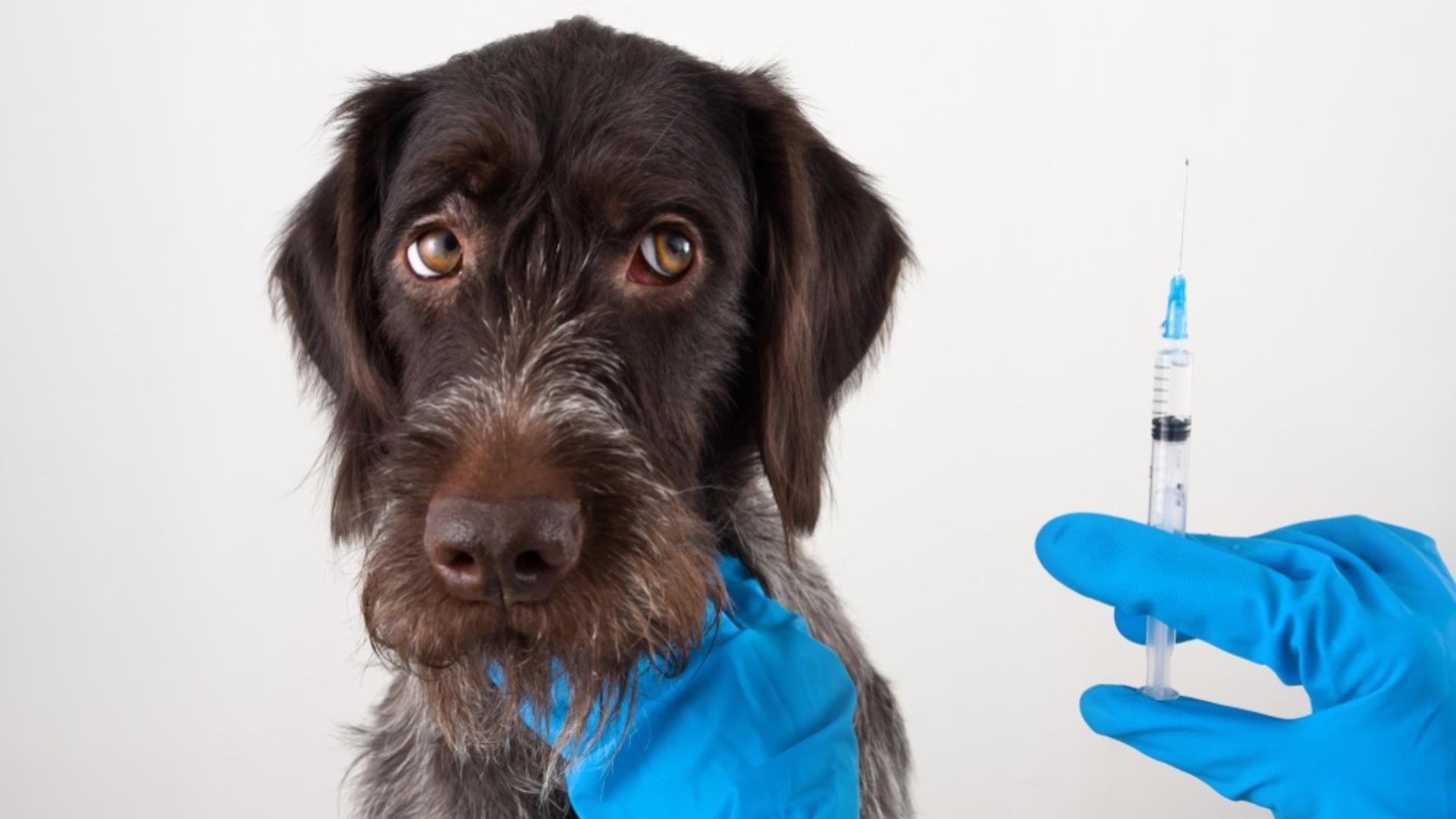Constipation is the infrequent or difficult passage of faeces. As pet owners, we may pay more attention to the size, colour and consistency of bowel movements and not necessarily notice that our companion hasn’t “gone” for a while. The first hint we may notice is straining when out on a walk with our dogs, or our cat spending more time in the litter tray than usual. When they do go, faeces are dry and hard.
Constipation is something that we are asked about regularly here at My Pet Nutritionist, so let’s take a look at what actually occurs in the digestive tract in cases of constipation, what can cause it, and some top tips for managing it.
The Digestive Syste
Unlike us humans, our pets lack salivary enzymes and so the digestion of their food doesn’t really start until it hits the stomach. As food travels down the oesophagus, it goes through a gateway known as the oesophageal sphincter before getting to the stomach. The stomach is like a washing machine, it churns the food and releases detergent-like compounds to break the food down. Food is turned into a smoothie like consistency known as chyme, which then makes its way to the small intestine.
The small intestine is covered in tiny,carpet-like projections known as villi which are vital for nutrient absorption. In short, these villi allow the goodness found in the food to get to the rest of the body. But for that to happen, the chyme needs to be broken down further. Here is where the pancreas comes in. The pancreas is like a factory, it produces enzymes that help to digest food, along with hormones that help control how much sugar is in the blood too. The liver also produces bile acids which are secreted into the small intestine from the gallbladder to help with digestion and absorption of fat. Just to make sure digestion is targeted from all angles, the lining of the small intestine also contains enzymes that break down food too!
After the small intestine has done its job, the unabsorbed bits (including fibre) move into the large intestine. But it must go through the ileal brake first. This is like a watchdog; if it spots under-digested food coming through, it tells the upper-gut movements to shut down their party.
The large intestine also plays a role in nutrient absorption, simply because it houses trillions of microbes that can help digest things that have so far been indigestible. These microbes also produce messenger molecules to the brain, reducing inflammation and signalling satiety amongst other functions.
The large intestine also reabsorbs fluid and electrolytes. During this process,the contents in the gut turn from liquid to solid, so the longer the food remains here, the more water is absorbed and therefore the more solid it is. Sloppy poops spend significantly less time here.
At the end of the large intestine, the rectum stores and compacts the waste, before the brain receives the signal to release the accumulated waste though the anus.
But how does food move through this system? As the intestine looks much like a computer game from the 1980s, we’re pretty sure gravity isn’t completely in charge.
Well, it isn’t. The movement of food through the system is largely thanks to a carefully curated orchestra of muscle contractions.
On of these programmes is peristalsis, which are wavelike contractions. Earthworms actually use this mechanism to drive their movement. The other is segmented contractions which generally occur in the small intestine. In the large intestine, mass movements propel the chyme/faeces towards the rectum.
What is particularly interesting is that the gut can function independently of the brain, so it can do all of this without any conscious thought. Digestion forms part of the parasympathetic nervous system, appropriately dubbed rest and digest.
This leads us into our first possible cause of constipation…
Stress
When the body feels stressed, resources are redistributed to organs and functions that need them. Sadly, the digestive system is not one of them. Stress can result in a temporary halt to digestive function (of course,stress can also result in projectile diarrhoea, but we never said the body was an easy study did we!). Without the nod to continue its work, waste can sit, waiting for the signal to release.
Changes in Routine
The digestive system also displays circadian rhythm variations. There is evidence that peristalsis has its own routine. Gastric emptying rates are slower in the evening, and the migrating motor complex (think of it as the road sweep after a car accident, clearing the small intestine between meals) is slower at night too! Not only that but the liver seems to have its own circadian regulation to synchronise with periods of feeding and fasting.
Findings here
Factors which inform circadian rhythm:
- Light
- Mealtimes
- Sleep
- Exercise
- Temperature
If your pet has recently experienced changes to their mealtimes, walk times, or had disrupted sleep, this could play a role in their changing bowel habits.
Dehydratio
This is particularly relevant to cats. They historically have a low thirst drive and sadly, chronic kidney disease is a risk factor for constipation (diagnosis is increasing year on year). As we noted earlier, the large intestine reabsorbs fluid, and it is here that generally dictates how solid the poop is likely to be. The body always wants to maintain homeostasis, so it will always try to balance its levels. For the cat who isn’t gaining much moisture from their diet, there isn’t much water to reabsorb in the large intestine, but by gum, it will try! This is why we always advocate a fresh food diet for your pet. Always have fresh, filtered water available too. A worthwhile read on cats, hydration and kidney disease
here.
Obstruction
Obstruction can be as sinister as it sounds, blockages caused by foreign objects like toys, plastic bags or elastic bands, but it can also be a medical obstruction caused by a tumour, abscess or granuloma. That said, as pets regularly groom themselves, they can ingest a considerable amount of fur which can result in constipation.
Obstruction can also result in sickness, so if you are concerned about your pet’s health, its best to get them checked out by your Vet.
Inability to Assume Position
For some pets with orthopaedic issues like spinal conditions or fractures, being able to assume to correct elimination position can be a challenge. This can also apply to those with neurological problems. It is more commonly noted in cases of degenerative myelopathy.
Environmental
Just like humans, there is also the consideration of fear around toileting behaviours. If there is a history of pain around toileting, your pet can maintain this association. Cats will also refrain from toileting if they have a dirty litter tray or if they live in a multi-cat home. The general rule of thumb is to offer one tray per cat, with an extra just in case. Dogs attending boarding or kennels can also develop unusual toileting behaviours, often resulting in constipation. Tackling the root cause of any elimination issues is key.
Medications and/or Supplements
There are a number of medications and supplements that are associated with constipation, these include:
- NSAIDs
- Antispasmodics
- Calcium channel blockers
- Diuretics
- Antihistamines
- Calcium and Iron Supplements
- Anti-diarrheal agents
It is always worth exploring alternatives if you suspect certain medications or supplements are resulting in constipation in your pet.
Diet
It goes without saying that constipation can often be a result of the diet offered to your pet. As we have mentioned, many commercial diets are low in moisture, and this dehydration can result in constipation. Not only that, but even if you are a raw feeder, offering too much bone can result in constipation too (so that could be a good place to start).
Fibre is your friend when it comes to tackling constipation. Polysaccharides and cellulose are hydrophilic. This means that water is trapped in the faeces, keeping it softer. The increased bulk of the faeces also triggers contraction, helping the curated orchestra function as it should. Canned pumpkin or psyllium are helpful options. For more information on fibre, check out our article
here.
Magnesium deficiency is often implicated in constipation, so check out our article
here if you’d like to learn more.
A note on Megacolon
Megacolon is a condition in which the colon becomes extremely dilated and hypo-motile. Recurrent constipation is a key feature. Episodes usually become more frequent and severe with progression overtime. Symptoms include abdominal pain, bloating, fever, rapid heart rate, vomiting, constipation, bloody stool, stool with mucous, dehydration and lack of appetite. If your pet has moved from simple constipation to recurring, it is worth seeking the advice of a qualified professional.
Signs of Constipation
- Struggling to defecate(hunching)
- Pain during attempts
- Small, hard poops
- Pacing/circling to defecate
- Scooting (although also a sign of anal gland irritation)
- Animals who are constipation can show little interest in food
- Weight loss if chronic
- Lethargy if chronic
Top Tips
1. Ensure it’s not a blockage – if you’re not sure, pop a call to your Vet.
2. Establish root cause.
o Has anything changed recently? Routine? Mealtimes?
o Is your pet getting sufficient exercise?
o If your cat suffers with hairballs, can you carry out some of their grooming to prevent them ingesting quite so much hair?
o If you are a raw feeder, could it have been too much bone?
o Are they on any medication/supplements?
o Is there are pattern to it?
o Could it be related to an existing health condition?
o Do environmental factors play apart?
3. Provide access to fresh, filtered water.
4. Feed a fresh food diet – this provides much higher levels of moisture.
5. Add fibre if appropriate – pumpkin, seeds, nuts, spinach, apples, pears, carrots, psyllium etc (avoid fruit if on a yeast protocol).
Many cases of constipation are simple, and one-time events, thankfully. Simply dietary tweaks are usually all that is needed. But if your pet is suffering regularly, then it is certainly time to seek support.
We have a wealth of experience tackling the many underlying causes of constipation, so please feel free to check out our services
here.
Thanks for reading.
Lisa x

